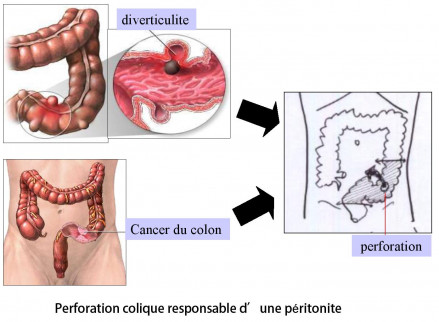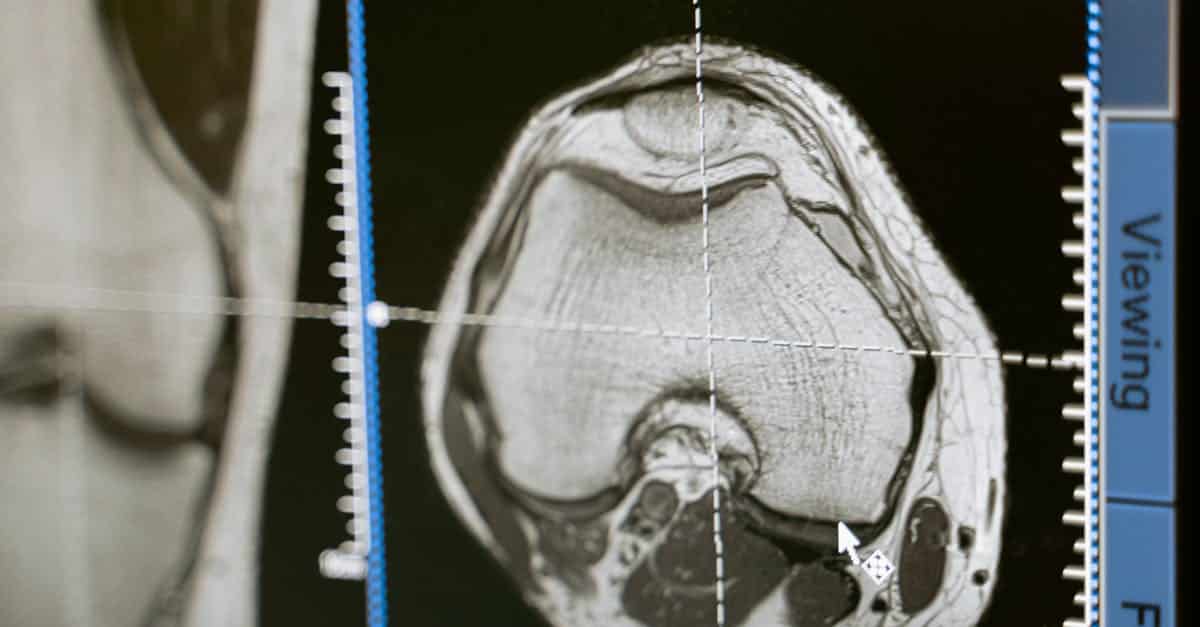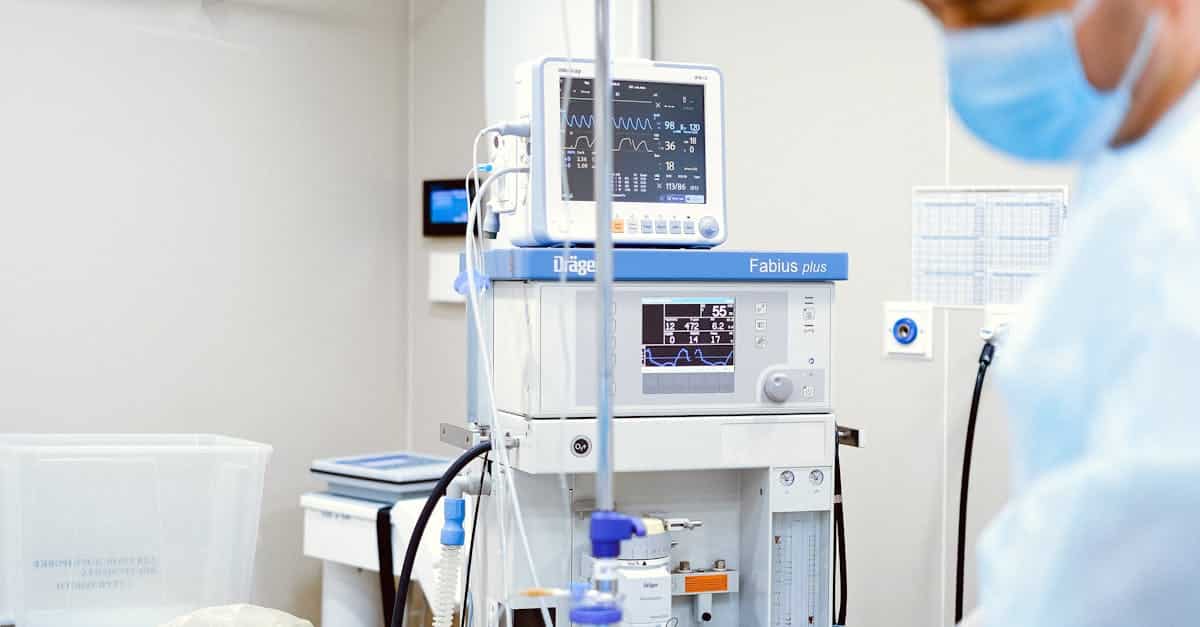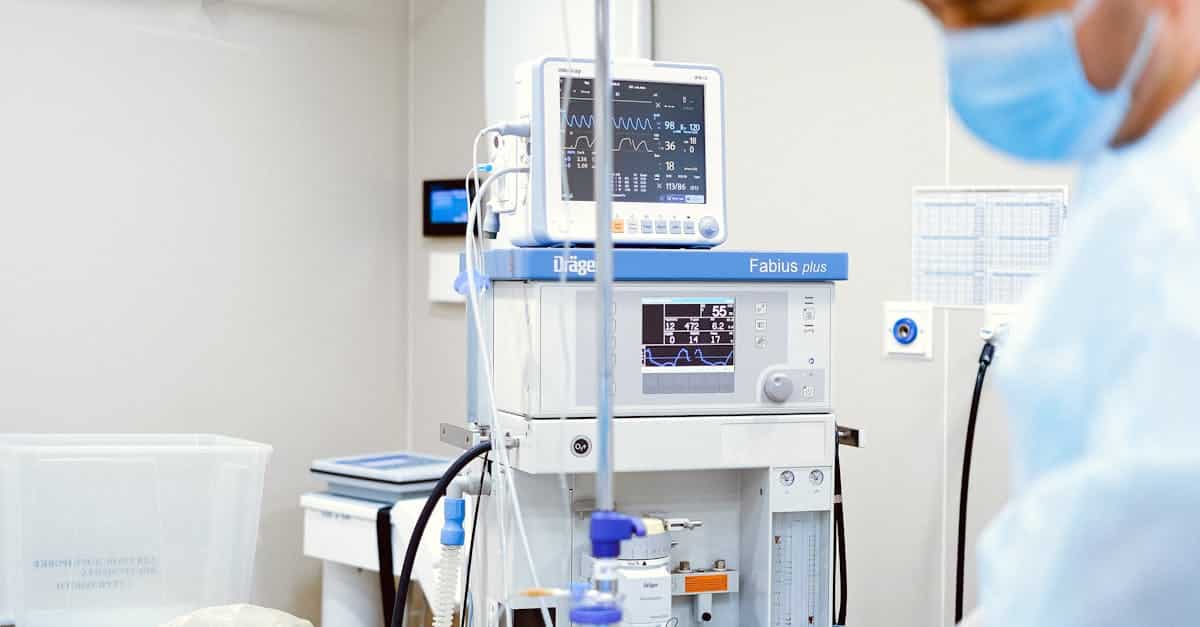The management of post-operative complications remains a major challenge in the field of surgery. The application of evidence-based practices allows you to optimize patient monitoring, quickly identify complications and improve clinical results. The implementation of protocols rigorous and digital tools facilitate the monitoring of patients during the phase of recovery. A methodical approach in the evaluation and monitoring of complications, whether early or in the long term, is essential to improve the safety of surgical procedures.
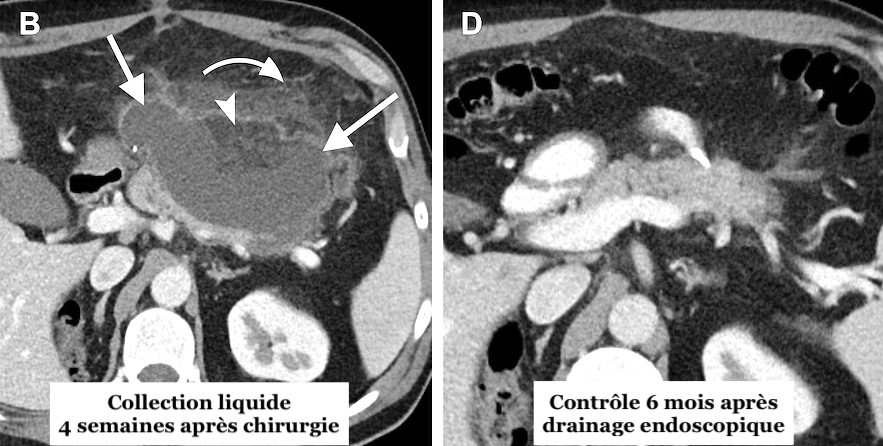
There management of post-operative complications is a crucial area in surgery, because it directly influences patients’ clinical outcomes. Complications can vary in severity, from minor problems, such as pain and fatigue, to major adverse events, including infections and bleeding. It is therefore essential to take a methodical, evidence-based approach to mitigating these risks.
Post-operative complications can be grouped into several categories: infectious complications, bleeding complications, And thromboembolic complications, among others. Each of these categories requires specific monitoring and appropriate interventions. Prompt identification and appropriate management of these complications can significantly improve patient recovery and reduce length of hospital stay.
An essential element of managing complications is pre-operative assessment, the main objective of which is to minimize the risks associated with surgical intervention. This includes a rigorous assessment of the patient’s overall health status, identification of medical abnormalities, and the implementation of appropriate preventive strategies. Assessment protocols may include physical exams, of the laboratory analyzes, and the use of digital tools for monitoring patients.
The perioperative phase also plays a fundamental role in the preparation for surgery. The choice of anesthetic treatments and painkillers must be discussed continuously in order to adapt to the specific needs of each patient. The use of minimally invasive techniques can also reduce the risk of post-operative complications by promoting faster recovery times and minimal pain. These methods allow for a less traumatic surgical procedure, thereby reducing the risks of infection and dehiscence.
Once the intervention is completed, the post-operative monitoring must be rigorous. This includes observing vital signs, as well as the assessment of the general condition of patients using validated checklists. Early detection of complications is essential; for example, a surgical site infection (SSI) may be identified by signs such as redness, swelling, or excessive pain around the surgical area. Prevention protocols, developed based on evidence, include strict hygiene measures before, during and after the operation.
There pain management is a fundamental aspect post-operatively. The issues of pain treatment must be considered in a multidisciplinary approach. Therefore, the use of painkillers should be well planned, taking into account potential side effects, as in the case of amoxicillin and topiramate. It is also relevant to educate the patient about managing their pain, as effective collaboration can improve their comfort and general condition.
The behaviors of intraoperative staff also have an impact on the management of complications. Surgical teams should be trained in best practices and the importance of teamwork. Respect for security protocols and checklists is essential to reduce human errors and minimize adverse events. In this sense, regular training can help to strengthen the safety of surgical interventions.
Finally, post-operative follow-up should not be neglected. This includes scheduling follow-up visits and using digital tools for remote monitoring. These tools make it possible to quickly detect possible complications and ensure better communication between the patient and healthcare professionals. For example, tracking systems, like mobile apps, can remind patients of their appointments or provide them with information about their recovery.
To illustrate the relationship between the management of post-operative complications and evidence-based practices, it is appropriate to refer to the numerous scientific studies and articles. These documents highlight cases where the rigorous application of protocols made it possible to reduce significant complications, thus contributing to a measurable improvement in clinical results. The integration of this evidence into daily practice represents a decisive issue for the care of post-surgery patients.
In short, the management of post-operative complications is based on several essential axes. Pre-operative assessment, choice of appropriate treatments, rigorous monitoring of patients and education of surgical teams are all measures which, when implemented in a systematic and evidence-based manner, can significantly affect the results in patient health. To delve deeper into the risks of medical prescriptions, see the following information: Amoxicillin And Topiramate.
For a broader view of advances in healthcare, you can also explore medtech-qui-transforment-le-paysage-de-la-sante/”>MedTech innovations And the contribution of the scanner in the diagnosis of infectious diseases. Finally, to learn more about the understanding psoriasis, an often overlooked but important aspect of post-operative care, check out these additional resources.
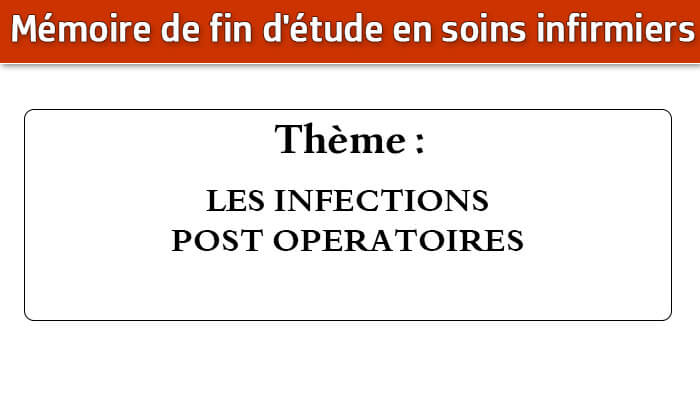
The management of post-operative complications is a crucial issue in the process surgical. Thanks to the progress made in this area, in particular thanks to evidence-based practices, it has become possible to identify, prevent and treat possible complications more effectively. This article discusses the different strategies and recommendations to optimize the management of complications occurring after surgical intervention, based on the available scientific evidence.
Pre-operative assessment
A careful medical evaluation before the procedure is the first step to reduce the risk of complications. This includes a pre-operative assessment in-depth which must identify potential medical abnormalities and assess the general condition of the patient. Tools like checklists can be implemented to ensure a comprehensive assessment process. It is also crucial to discuss with the patient risks and benefits related to surgery to ensure that he is informed and able to make an informed decision.
Optimization of the perioperative phase
During the perioperative phase, the choice of anesthetic treatments and pain medication should be personalized according to the specific needs of each patient. Proper pain management is not only essential for patient comfort, but it can also decrease the risk of complications such as hypertension due to post-operative stress. Surgical techniques, including methods minimally invasive, should also be considered to reduce tissue trauma and speed recovery.
Post-operative monitoring
There post-operative monitoring is crucial in the early detection of complications. Signs of complications should be systematically monitored, including assessment of the healing and the detection of possible infections. This approach allows for rapid intervention, thereby minimizing the negative impact on the patient’s health. Training healthcare teams on monitoring practices and the importance of accurate documentation can also improve the management of complications.
Infection Prevention Strategies
Surgical site infections represent one of the most common complications. Strict protocols infection prevention, including the use of appropriate antiseptics before and after surgery, should be implemented. In addition, compliance with hygiene standards during and after the operation is essential to reduce the incidence of these infections. There continuing education of medical staff on aseptic practices can make a significant difference in preventing post-operative complications.
Management of complications
If complications arise, a action plan pre-established must be in place to respond quickly and efficiently. This may include appropriate medical treatments or even surgical reinterventions if necessary. Documentation of complications and responses is essential to improve future surgical practices. In addition, involving patients in their own care and providing them with information on the signs to watch for also contributes to better management of complications.

